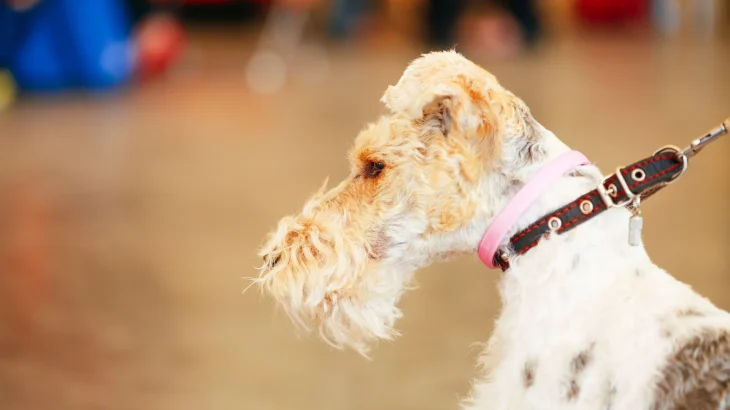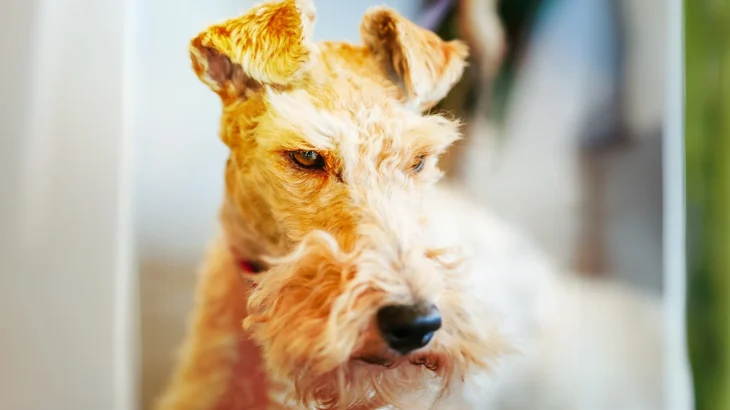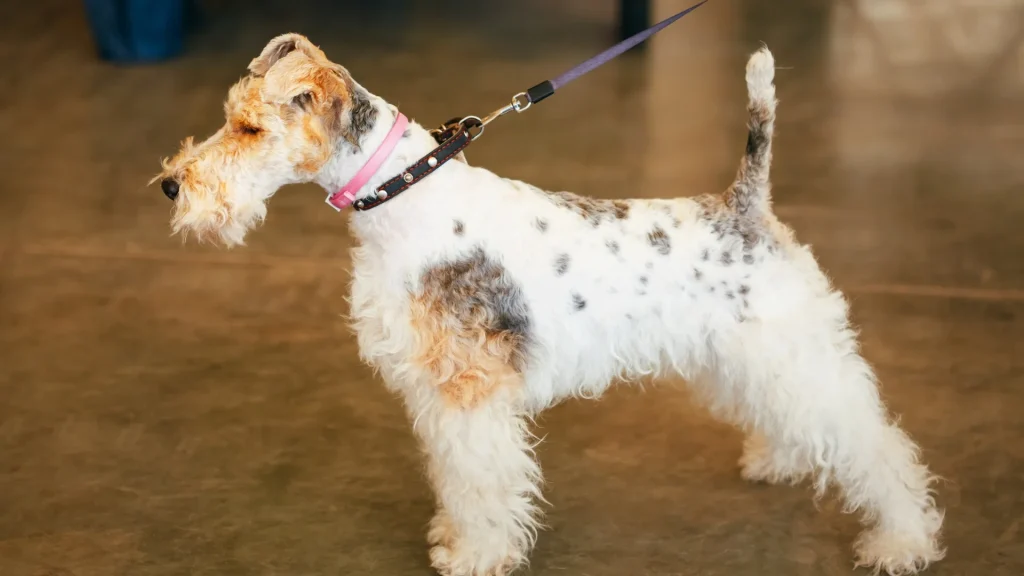When deciding to welcome a Wire Fox Terrier puppy into your life, you can choose between adopting from a rescue or purchasing from a reputable breeder. Each option has distinct advantages, such as access to health histories versus the chance to provide a home to a dog in need. Knowing these differences can help you make the best choice for your family and the breed.
Adoption vs. Breeder: Pros & Cons
| Criteria | Buying from Breeder | Adopting from Shelter/Rescue |
|---|---|---|
| Cost | Generally higher, around $900 to $1,500 or more for puppies with quality pedigree. | Lower adoption fees, often includes basic veterinary care. |
| Health History | Detailed health records and genetic backgrounds available. | Health history may be limited or unknown; basic health checks usually done. |
| Age Availability | Primarily young puppies, allowing early training and socialization. | Variety of ages, including adults that may already be trained. |
| Temperament Insight | Breeders can provide insights based on lineage and parents. | Temperament assessed by behavior in rescue, full history might be unknown. |
| Supporting Practices | Supports responsible breeding; avoid puppy mills by choosing reputable breeders. | Supports animal welfare by giving homes to dogs in need and reducing shelter populations. |
| Breed Purity & Pedigree | Typically ensured with documentation from breed clubs. | Breed purity can be uncertain; some rescues specialize in Wire Fox Terriers. |




















































